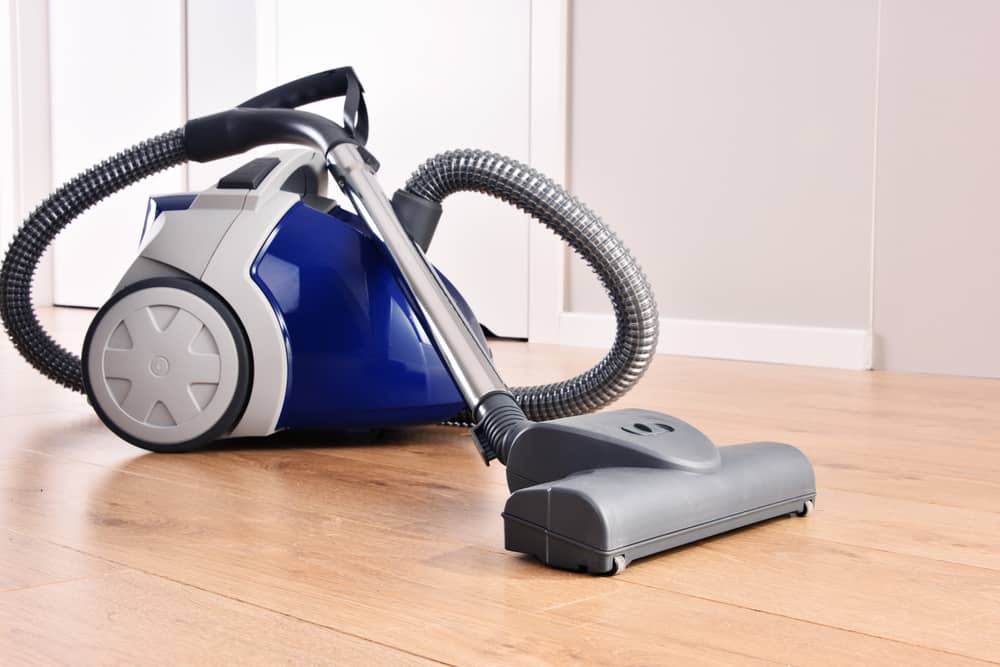Introduction
Table of Contents
Pets are beloved members of the family, but they come with their own set of challenges—especially when it comes to cleaning. Pet hair, dander, and dirt can quickly accumulate, making a reliable pet vacuum cleaner an essential home appliance. With so many options on the market, choosing the right vacuum for a pet-friendly home can feel overwhelming. To help you make an informed decision, we’ve outlined the 7 most important things to consider before buying a pet vacuum cleaner.
1. Suction Power and Performance
The most critical factor in any vacuum cleaner, especially one for pet owners, is suction power. Pet hair can cling to carpet fibers, furniture, and upholstery, requiring strong suction to lift it effectively.
What to look for:
- High wattage motor (preferably over 1200W)
- Adjustable suction settings
- Edge-cleaning capability for corners and baseboards
- Consistent suction across all floor types
Bonus Tip:
If your home has a mix of surfaces (tile, hardwood, carpet), look for a vacuum that auto-adjusts suction based on flooring type.
2. Advanced Filtration System (HEPA)
Pets not only shed hair but also dander and microscopic allergens that can affect indoor air quality. A HEPA filter (High-Efficiency Particulate Air) traps 99.97% of dust, pollen, and pet dander, making it a must-have for allergy sufferers.
Key features:
- True HEPA filter (not HEPA-like)
- Washable or replaceable filters
- Multi-layer filtration for enhanced air quality
Why it matters:
Cleaner air means fewer allergens, reduced asthma triggers, and a healthier home environment.
3. Pet Hair-Specific Attachments
Look for a vacuum that includes specialized tools designed to remove pet hair efficiently. These attachments make cleaning furniture, stairs, and car interiors much easier.
Must-have accessories:
- Motorized brush or turbo tool
- Upholstery tool
- Crevice tool for tight spots
- Tangle-free brush roll to prevent clogging
Extra tip:
Some brands offer pet grooming attachments that can vacuum loose hair directly off your pet!
4. Ease of Maintenance and Cleaning
Vacuuming is only part of the job. You’ll need to clean your vacuum regularly to keep it performing well. Make sure the unit is easy to empty and clean, especially if you vacuum often.
Features to look for:
- Bagless canister with a one-click release
- Transparent dustbin to monitor debris level
- Removable and washable filters
- Anti-tangle brush heads
Why it matters:
Low-maintenance designs save time, effort, and keep the vacuum running at peak performance.
5. Noise Level
Pets can be sensitive to loud noises, and some vacuums are noisier than others. If you have a nervous dog or a skittish cat, a quieter vacuum may be the better choice.
What to consider:
- Noise levels (measured in decibels/dB)
- Quiet-mode or low-noise settings
- Brushless motor options
Tip:
Look for models that operate under 70 dB for a quieter cleaning experience.
6. Vacuum Type and Portability
Depending on your home layout and personal preferences, different vacuum types offer different advantages.
Types of vacuums:
- Upright Vacuums: Great for deep carpet cleaning
- Canister Vacuums: Easier to maneuver on stairs and hard floors
- Stick Vacuums: Lightweight and ideal for quick cleanups
- Robot Vacuums: Automated and pet-friendly, but not ideal for deep cleaning
Portability Factors:
- Weight of the vacuum
- Swivel steering
- Cordless vs. corded options
- Wall mount or compact storage
7. Durability and Warranty
Pet vacuums go through a lot more wear and tear than regular ones. Choosing a durable model from a reputable brand ensures longevity and better customer support.
What to check:
- Brand reputation and reviews
- Material quality (metal parts last longer than plastic)
- Motor warranty (minimum of 2 years)
- Easy access to replacement parts
Top Brands:
- Dyson
- Shark
- Bissell
- Miele
- Hoover
Bonus Consideration: Budget vs. Value
While budget is important, don’t compromise on essential features like filtration and suction power. A well-designed pet vacuum may cost more initially but will save you money and time in the long run.
Cost Range:
- Budget-friendly: $100-$200
- Mid-range: $200-$400
- Premium models: $400+
Choose a model that offers the best combination of features, warranty, and durability within your price range.
Conclusion
Buying the right pet vacuum cleaner makes a world of difference for pet owners. From powerful suction and HEPA filters to quiet operation and easy maintenance, these 7 tips will guide you toward a model that fits your needs and your pet’s comfort.
Take the time to compare options, read reviews, and consider your home layout. With the right vacuum, cleaning up after your furry friends will be faster, easier, and far more effective.

